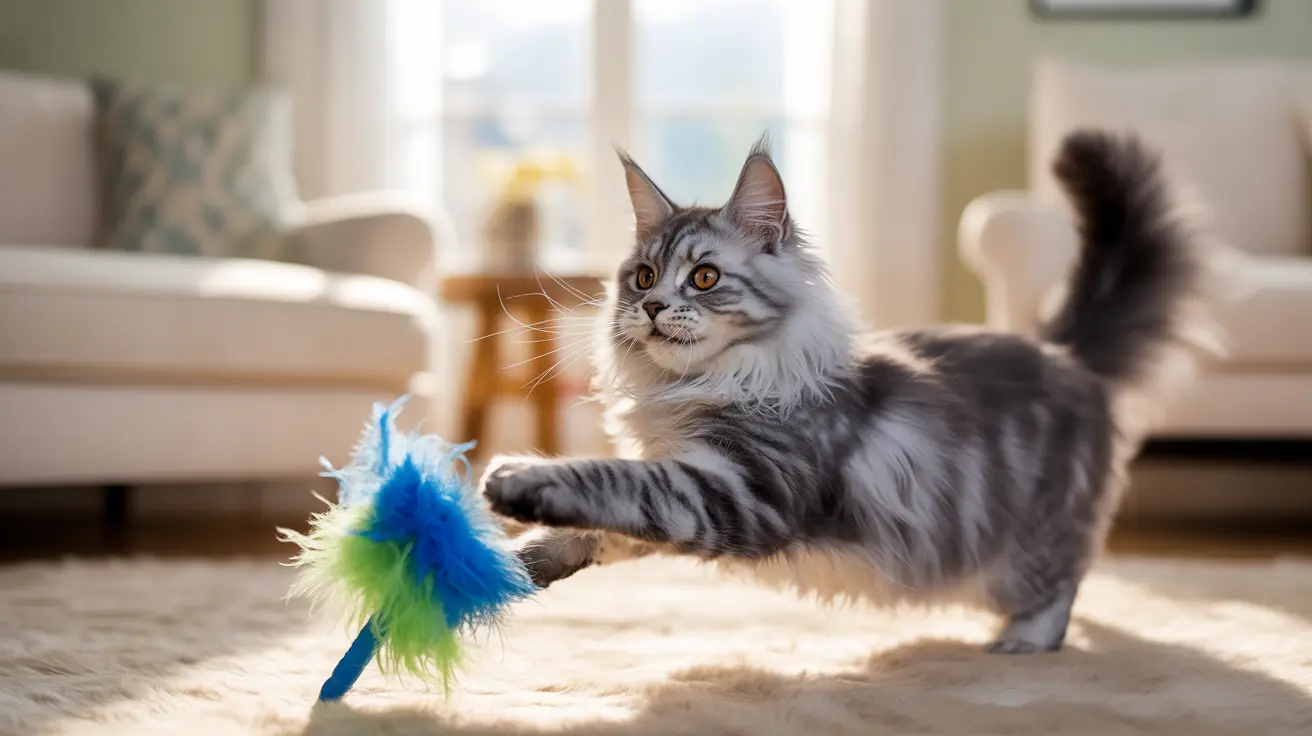Is your feline friend bouncing off the walls? Dealing with a hyper cat can be challenging, but understanding the root causes and implementing the right strategies can help restore peace to your household. In this comprehensive guide, we'll explore effective methods to calm an energetic cat while ensuring their physical and emotional needs are met.
Whether your cat experiences occasional zoomies or seems constantly wound up, there are proven techniques to help manage their energy levels. Let's dive into the science-backed solutions that can transform your overactive kitty into a more relaxed companion.
Understanding Why Cats Become Hyperactive
Cats display hyperactive behavior for various reasons, including natural instincts, environmental factors, and sometimes underlying health issues. Many indoor cats become overly energetic due to pent-up energy from lack of adequate stimulation or exercise.
Common triggers for hyperactivity include:
- Insufficient physical activity
- Boredom or lack of mental stimulation
- Environmental stressors
- Irregular feeding schedules
- Medical conditions requiring veterinary attention
Creating a Calming Environment
The first step in managing a hyper cat is establishing a peaceful living space. Start by identifying and eliminating potential stress triggers in your home.
Setting Up Peaceful Spaces
- Install cat trees and vertical spaces
- Provide hiding spots and quiet areas
- Use calming pheromone diffusers
- Maintain consistent daily routines
Effective Play Techniques for Energy Release
Regular, structured play sessions are crucial for managing your cat's energy levels. Interactive play mimics natural hunting behaviors, providing both physical exercise and mental stimulation.
Recommended Play Activities
- Use wand toys for guided play
- Incorporate puzzle feeders
- Schedule multiple short play sessions daily
- Rotate toys to maintain interest
Physical and Mental Enrichment Strategies
Environmental enrichment helps prevent boredom and reduces hyperactive behavior. Create opportunities for your cat to express natural behaviors in appropriate ways.
Enrichment Ideas
- Window perches with bird-watching opportunities
- Scratching posts in multiple locations
- Food-dispensing toys
- Climbing structures and cat highways
Professional Solutions and Medical Considerations
Sometimes, hyperactivity may signal underlying health issues. Always consult with a veterinarian to rule out medical causes, especially if the behavior change is sudden or severe.
When to Seek Help
- Sudden behavior changes
- Excessive vocalization
- Aggressive outbursts
- Changes in eating or sleeping patterns
Frequently Asked Questions
How can I calm down a hyper cat using play and environmental enrichment?
Implement structured play sessions using interactive toys, create vertical spaces for climbing, and provide puzzle feeders for mental stimulation. Schedule 2-3 play sessions daily, focusing on mimicking natural hunting behaviors.
What signs indicate my cat is overstimulated or hyperactive, and how should I respond?
Signs include dilated pupils, tail twitching, excessive vocalization, and frantic movement. Respond by providing a quiet space, avoiding direct interaction until they calm down, and maintaining a consistent routine.
Could my cat's sudden hyperactivity be due to a medical condition like hyperthyroidism or feline hyperesthesia syndrome?
Yes, sudden hyperactivity can indicate medical issues. Common conditions include hyperthyroidism, feline hyperesthesia syndrome, and anxiety disorders. Consult a veterinarian for proper diagnosis and treatment.
What behavioral techniques are effective for reducing a cat's hyperactivity without punishment?
Use positive reinforcement to reward calm behavior, provide appropriate outlets for energy, and maintain consistent daily routines. Never punish hyperactive behavior, as this can increase stress and worsen the situation.
How do I create a calming environment to help manage my cat's high energy levels and stress?
Create designated quiet spaces, use calming pheromone products, provide multiple resources (litter boxes, scratching posts, water bowls), and maintain a predictable daily schedule to reduce stress and anxiety.
Conclusion
Managing a hyper cat requires patience, consistency, and understanding. By implementing these strategies and maintaining a structured environment, you can help your energetic feline find better balance and calm. Remember that every cat is unique, so you may need to adjust these techniques to suit your pet's individual needs and personality.






